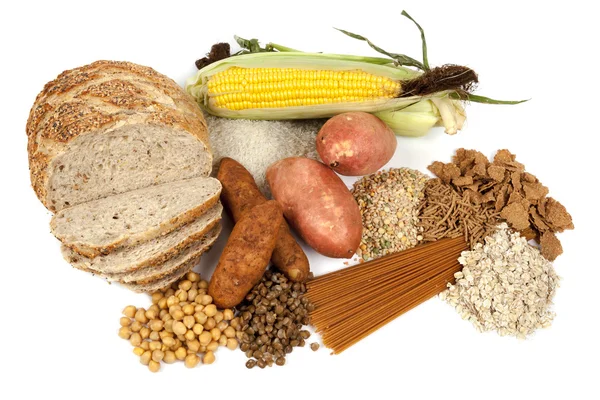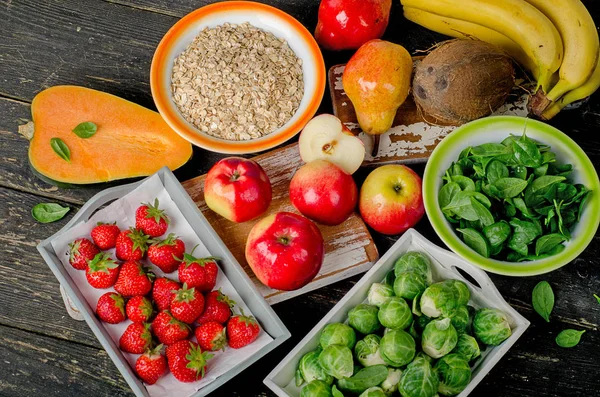
Fibra, often overlooked yet highly impactful, earns recognition as a natural fiber celebrated for its eco-friendly properties and versatility.
What Is Fibra? Understanding the Basics
Fibra comes from plants, animals, or minerals and stands out for its durability, renewability, and eco-friendliness. It provides a sustainable alternative to petroleum-based, non-biodegradable synthetic fibers, minimizing environmental impact.
Fibra includes a wide range of natural fibers such as:
- Cotton
- Wool
- Silk
- Jute
- Hemp
Its unique composition allows it to cater to industries like fashion, furniture, and construction. People have embraced fibra for centuries, and its importance grows steadily in today’s age of sustainability.
The Unique Properties of Fibra
Biodegradable and Renewable
One of the most notable features of fibra is its biodegradability. Unlike synthetic materials, which can take centuries to decompose, fibra naturally breaks down, returning nutrients to the soil. Additionally, it is renewable, sourced from resources like plants and animals that regenerate over time.
Strong and Durable
Fibra is renowned for its strength. Materials like jute and hemp are incredibly sturdy, making them ideal for ropes and industrial fabrics. Wool and silk, while softer, offer excellent tensile strength, suitable for clothing and upholstery.
Eco-Friendly and Sustainable
Fibra is produced with significantly lower energy and water consumption compared to synthetic materials. For example, organic cotton requires fewer chemicals, reducing environmental harm.
Breathability and Comfort
Fibra materials like cotton and wool are highly breathable, making them comfortable for clothing. They regulate temperature, keeping you cool in summer and warm in winter.
Types of Fibra and Their Applications
Plant-Based Fibra
- Examples: Cotton, jute, flax, hemp
- Applications: Clothing, home textiles, eco-friendly packaging
Plant-based fibra is sourced from seeds, stems, and leaves of plants. These fibers are lightweight, breathable, and versatile, making them a staple in fashion and daily use.
Animal-Based Fibra
- Examples: Wool, silk, alpaca
- Applications: Winter wear, luxury textiles, upholstery
Animal-based fibra is derived from the coats or secretions of animals. It offers excellent insulation, softness, and durability.
Mineral-Based Fibra
- Examples: Asbestos (now rarely used due to health concerns)
- Applications: Insulation, industrial materials
Manufacturers extract mineral-based fibra from natural deposits, valuing it for its heat resistance and strength.
How Fibra Is Used in Everyday Life
Fibra’s versatility extends to numerous applications:
- Fashion: From everyday wear to haute couture, fibra is the foundation of clothing. Cotton t-shirts, wool coats, and silk dresses are prime examples.
- Home Decor: Designers use fibra in carpets, curtains, and furniture to provide durability and enhance aesthetic appeal.
- Industrial Uses: Fibra materials like hemp and jute are commonly used in ropes, sacks, and geotextiles for erosion control.
- Eco-Friendly Alternatives: Fibra is replacing plastics with biodegradable packaging and reusable bags.
The Benefits of Choosing Fibra
Environmentally Friendly
Fibra reduces environmental pollution through its biodegradable nature. It does not release harmful microplastics, unlike synthetic fibers.
Health Benefits
Fibra materials are hypoallergenic and free from harmful chemicals, making them safe for sensitive skin and respiratory health.
Economic Advantages
Fibra production supports sustainable agriculture and provides livelihoods to farmers and artisans, contributing to local economies.
Aesthetic Versatility
Fibra can be dyed and woven into intricate designs, offering a wide range of options for fashion and decor.
How Is Fibra Made? The Production Process
The production of fibra depends on its type:
- Plant-Based Fibra: Fibers are extracted, cleaned, and spun into threads. For example, cotton undergoes ginning and spinning to create yarn.
- Animal-Based Fibra: Farmers shear wool from sheep, clean it, and spin it into threads. Producers harvest silkworm cocoons and spin them into silk fibers.
- Mineral-Based Fibra: Extracted from natural deposits, processed, and woven into usable materials.
Each step in the production process ensures that fibra retains its natural qualities, making it durable and sustainable.
Why Fibra Is Essential for a Sustainable Future
Fibra’s role in sustainability is undeniable. As the world faces environmental challenges, adopting natural and biodegradable materials is crucial. Fibra reduces reliance on synthetic fibers, lowers carbon footprints, and promotes eco-friendly lifestyles.
Fibra in Innovation

Industries are leveraging fibra for innovative products like:
- Biodegradable utensils and packaging
- Eco-friendly construction materials
- Sustainable fashion collections
Fibra is shaping the future of industries by aligning with the global push for sustainability.
Conclusion
Fibra is more than a material; it’s a commitment to a sustainable future. Its unique properties, eco-friendly nature, and versatility make it a preferred choice for industries and individuals alike. By choosing fibra, you contribute to reducing environmental harm and supporting sustainable practices. Embrace fibra and be part of the movement toward a greener world.
FAQs
What is fibra made of?
Fibra is derived from natural resources like plants, animals, and minerals. Examples include cotton, wool, and jute.
Why is fibra considered sustainable?
Fibra is biodegradable, renewable, and requires fewer chemicals during production, making it eco-friendly.
How do people use fibra in daily life?
People use fibra in clothing, home decor, industrial materials, and eco-friendly packaging.
What are the benefits of fibra over synthetic materials?
Fibra is sustainable, hypoallergenic, and biodegradable, while synthetic fibers contribute to pollution and microplastic waste.
Can fibra replace synthetic materials entirely?
Fibra replaces synthetic materials in many applications, but industries must continue innovating to meet all demands sustainably.